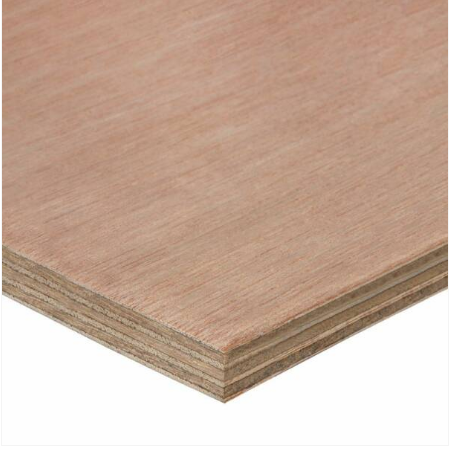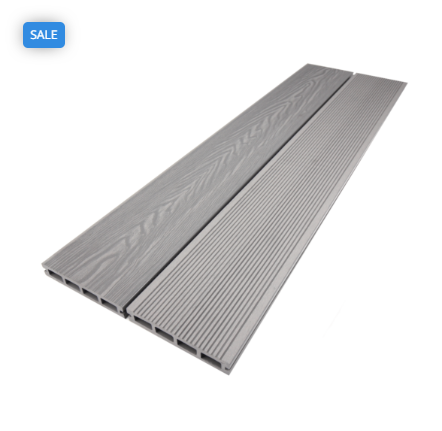Budgeting for Marine Plywood: Price Factors and Tips
Introduction
Marine plywood is a special breed, crafted to weather the storm in water-related applications. It's designed to combat moisture and endure the harshest marine conditions. From boat building to bathroom renovations, this plywood variant is a trusted choice. But what influences its price? Let's dive into the deep waters of marine plywood pricing.
Plywood Grade: Quality at a Glance
When it comes to marine plywood, the grade is the compass that guides your purchase. Grades range from A-A to B-B, each reflecting varying levels of quality. Grade A-A plywood is the pinnacle, offering a flawless appearance and impeccable structural integrity. As you descend the grade ladder, you might encounter more imperfections, which can affect both aesthetics and strength. Budget-conscious buyers often find a sweet spot with Grade A-B or B-B, balancing quality and cost.
Quality: A Shipshape Standard
Quality is the North Star of your plywood journey. When it comes to marine plywood, higher quality often means a higher price. Premium marine plywood is made from high-quality wood species and adheres to stringent manufacturing standards. It boasts impeccable resistance to moisture, ensuring your project stays afloat for years to come. If you're aiming for a project that braves the elements, investing in top-notch quality is non-negotiable.
Core Material: The Heart of the Matter
The core material of marine plywood is like its beating heart. The most common types are Okoume and Meranti. Okoume is lightweight and easy to work with, making it a preferred choice. Meranti, on the other hand, is slightly heavier but offers excellent durability. The core material impacts both the plywood's weight and its ability to withstand water exposure. Choose wisely, keeping in mind your project's requirements and your budgetary constraints.
Brand and Reputation: Sailing with the Pros
Ah, the allure of reputable brands! Just like the ship's flag, the brand you choose for your marine plywood matters. Established brands often come with a higher price tag, but they also bring with them a legacy of quality and reliability. The trust in a renowned brand is an investment in peace of mind, ensuring that your plywood can weather any storm. However, do explore newer players in the market; they might surprise you with both quality and affordability.
Advantages and Disadvantages: Anchoring Your Decision
Advantages and Disadvantages: Anchoring Your Decision
As we sail through the intricate waters of marine plywood pricing, it's essential to weigh the advantages and disadvantages of this specialized building material. By understanding both sides of the coin, you can make a well-informed decision that aligns with your project's needs and budget constraints.
Advantages of Marine Plywood
1. Water Resistance: Marine plywood is designed to withstand moisture and water exposure. This makes it an ideal choice for applications in wet or humid environments, such as boat building, bathroom construction, and outdoor projects.
2. Durability: Marine plywood is known for its durability and ability to withstand harsh conditions. It's less likely to warp, delaminate, or rot when compared to standard plywood, ensuring your project's longevity.
3. Strength: This plywood variant is engineered to be strong and sturdy, making it suitable for applications that require robust support and structural integrity.
4. Smooth Surface: Marine plywood typically features a smooth and consistent surface, which is essential for projects where aesthetics matter.
5. Wide Range of Sizes: It is available in various sizes and thicknesses, providing flexibility for different project requirements.
Disadvantages of Marine Plywood
1. Cost: One of the primary drawbacks of marine plywood price . It is generally more expensive than standard plywood due to its specialized manufacturing process, high-quality materials, and water-resistant properties.
2. Weight: Marine plywood can be heavier than other types of plywood, which can make it less suitable for certain applications where weight is a concern.
3. Limited Availability: Depending on your location, marine plywood may not be as readily available as standard plywood, which can affect accessibility and lead times.
4. Not Always Necessary: In some projects, the level of water resistance and durability provided by marine plywood may not be required. Using it in such cases can be considered overkill and lead to unnecessary expenses.
5. Maintenance: While marine plywood is designed to resist moisture, it still requires proper maintenance to ensure its longevity. Neglecting maintenance can lead to issues over time.
Market Demand and Supply: The Tides of Pricing
The law of economics governs the marine plywood market too. Demand and supply dictate the price fluctuations in this niche. When demand surges, so does the price. During off-seasons or periods of low demand, you might find more affordable options. Keep an eye on the market trends and plan your purchases accordingly to ride the waves of budget-friendly prices.
Conclusion
Hoist your sails and navigate the marine plywood market with newfound knowledge. Understanding the grade, quality, core material, and market dynamics is your map to budget-friendly purchases. Don't be afraid to ask questions and explore various options. Remember, a wise sailor always finds the treasure without losing sight of the budget. Now, onwards to smooth seas and successful projects with marine plywood as your trusted first mate! Happy sailing! 🌊⚓



Comments
Post a Comment